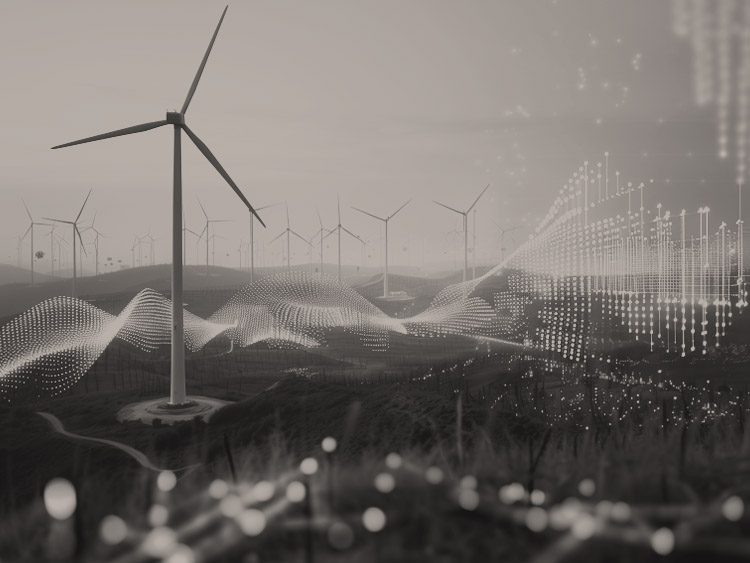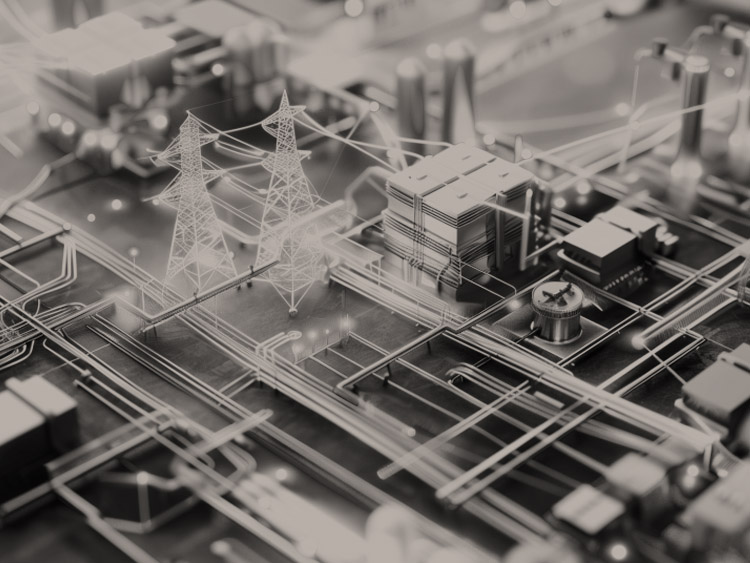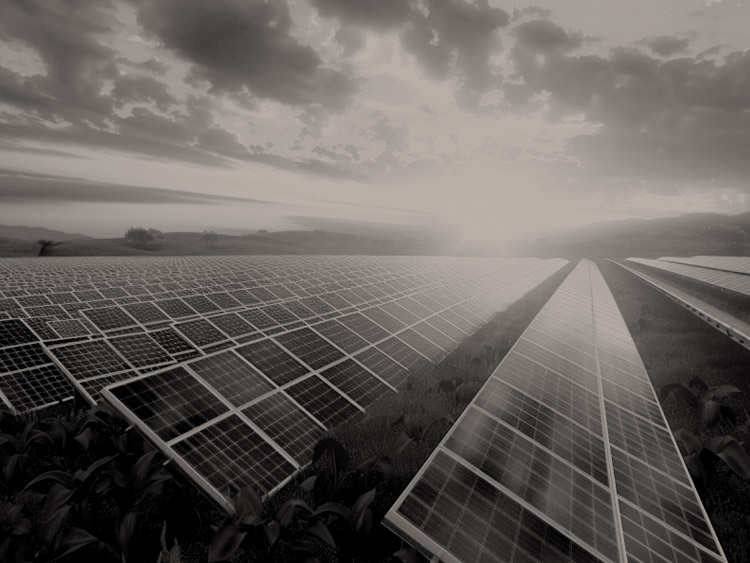In the renewable energy sector, AI stands as a beacon of innovation, driving efficiency and sustainability and revolutionizing how we harness, manage, and distribute renewable resources.
The intersection of AI and renewable energy heralds a future of cleaner, more efficient, and more sustainable energy systems. This isn’t just a predictable technological advancement, but a crucial step towards a greener, more sustainable future for all.

1/4
AI-Driven Forecasting and Efficiency Optimization

2/4
Smart Grid Management and Energy Storage

3/4
Predictive Maintenance and Operational Efficiency

4/4
Enhancing Renewable Energy Adoption and Access
01
Solar has fared particularly badly, with a 95% increase in average downtime days, much more than the renewable average due to supply chain issues.
02
About 25% of wind turbine faults caused 95% of all downtime. Wind turbine reliability has improved in recent years to 98% availability. But wind turbines still fail at least once annually, on average. Larger turbines fail more often than smaller ones. The average downtime is 1.6 hours for U.S. wind turbines.
03
More than 36% of wind turbines fail less than three times; however, most wind turbines suffered five to nine failures during observation. The above conclusions may support wind farm maintenance scheduling and supplier management.
